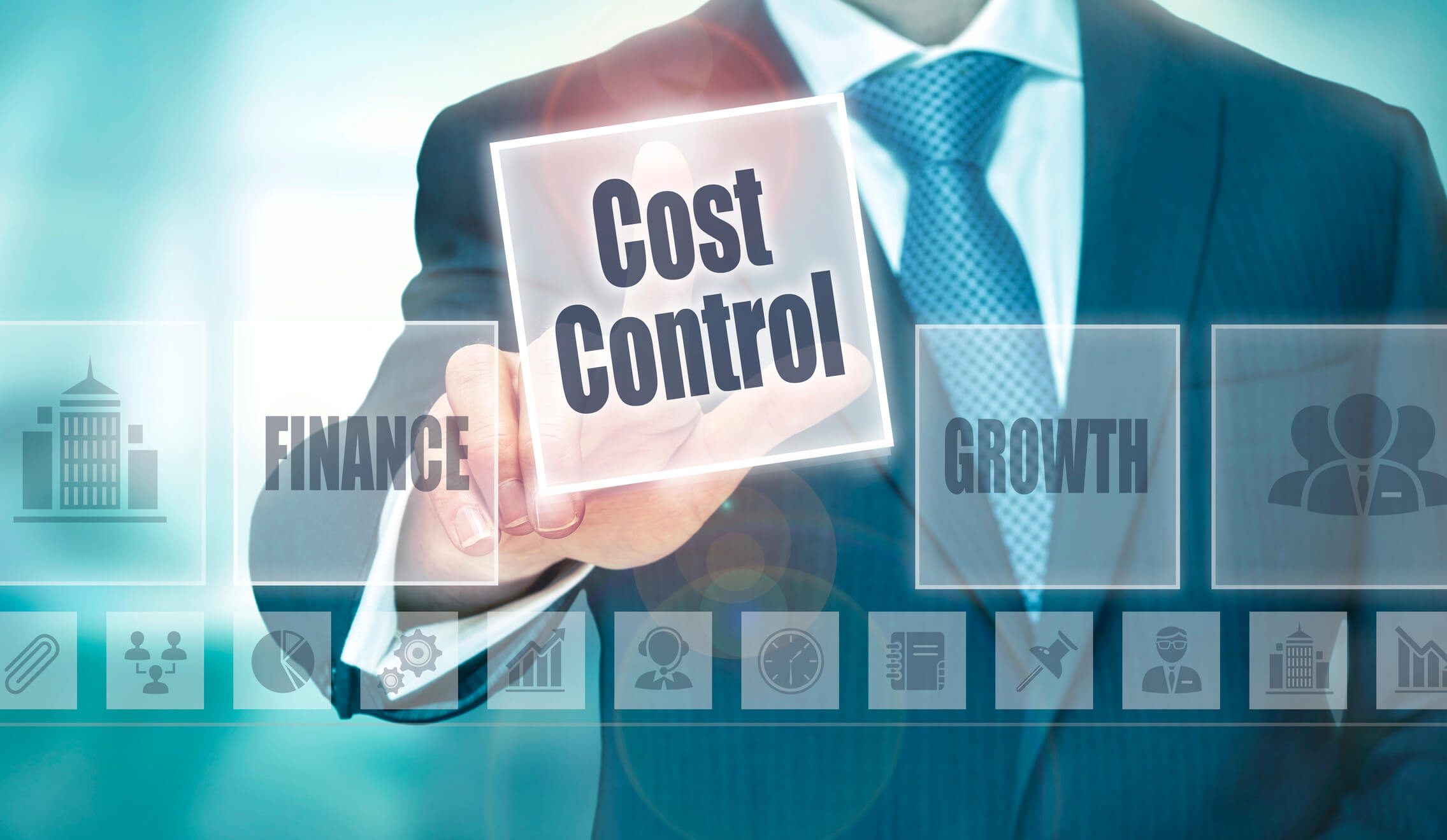Many business owners do not actively spend enough time looking at their expenses and finding ways to cut costs. It would be surprising for them to know how much money is wasted every month. From outdated subscriptions to unnecessary purchases, so many small monthly expenses add up.
Cash flow is an integral part of any business because being unaware of how much you spend and earn means your financial decisions may make your business suffer.
The following methods may help you cut your business expenses.
Create and Stick to Your Budget
Creating and sticking to a business budget is the best way to cut costs. It reduces business costs and helps you make intelligent decisions. You can make better decisions when cash incomings and outgoings are planned and budgeted.
Invest in Technology
You can harness virtual technology to your benefit. Meetings can be done on Zoom or another online application to reduce travel costs. There is no need for an ample physical space to house a group of people in the same room. Recently, using digital platforms for online meetings is one of the most efficient practices to avoid physical contact and travel expenses. 
Hotels and transportation can cost a great deal just to conduct a meeting, and you can save thousands by completing meetings online. Document-keeping software can also help save money in storing paper documents.
Outsource to Freelancers
Freelance culture is proliferating. Thousands of talented individuals and experienced professionals consider working according to their comfort. Hiring freelancers will allow you to get high-quality work in an agreed-upon timeline. You can access international talents, and you are not liable to give any insurance or medical care or leave in-encashment to freelancers, which saves you money compared to the permanent employees.
Go Paperless
Paper, printing, and resources related to documentation are more expensive than it seems. For instance, printing requires a lot of resources and supplies. Ink cartridges are not cheap, and daily printing might need you to replace the cartridge regularly. Similarly, there are many times when the printer stops working. Paper costs can also add up, and paper usage also impacts the environment.
Storage documents will also cost money. The cost of ink, supplies, mailing supplies, and postage adds to expenses. Going paperless will help control these expenses. We live in the digital era. We can store and publish data in multiple ways, which is often safer than a paper copy. Digital invoices and bill payments also help in going paperless.
Consider Work From Home
If your work can be managed from home, try allowing your employees to work from home once a week. This one day will have many benefits, including a cost-cutting factor in electricity savings. It might also increase your employees’ productivity, resulting in better performance.
Focus on Energy Savings
Saving electricity is one of the best solutions for cost-cutting. Large electric bills can become a significant factor in added expenses. You can save energy by reducing electricity costs and applying strict usage policies. Unplug unused equipment like lights, fans, and air conditioners when not in use. You can also buy energy-efficient appliances that will benefit you for a long time.
We can take many measures to cut small business expenses to help make better financial decisions. Instead of spending much on brand-new equipment, try buying used ones like computers, laptops, or any electronics. It is said, “You have to spend money to make money.” However, we can save a lot on unnecessary expenses and manage them according to the budget and requirements.
Conclusion
In conclusion, managing and reducing business expenses is crucial for sustained financial health. Neglecting this aspect can result in significant financial waste, impacting cash flow and hindering overall business prosperity. The outlined strategies in this article, from budget adherence to technology and outsourcing, offer practical avenues for cost-cutting.
Embracing a paperless environment, encouraging remote work, and focusing on energy savings further contribute to a more sustainable and efficient business model. By adopting these measures, businesses can optimize resources, make informed financial decisions, and ensure long-term success in a competitive landscape. Remember, judicious expense management is not just a cost-cutting strategy; it’s a pathway to financial resilience and growth.
 About Complete Controller® – America’s Bookkeeping Experts Complete Controller is the Nation’s Leader in virtual bookkeeping, providing service to businesses and households alike. Utilizing Complete Controller’s technology, clients gain access to a cloud platform where their QuickBooks™️ file, critical financial documents, and back-office tools are hosted in an efficient SSO environment. Complete Controller’s team of certified US-based accounting professionals provide bookkeeping, record storage, performance reporting, and controller services including training, cash-flow management, budgeting and forecasting, process and controls advisement, and bill-pay. With flat-rate service plans, Complete Controller is the most cost-effective expert accounting solution for business, family-office, trusts, and households of any size or complexity.
About Complete Controller® – America’s Bookkeeping Experts Complete Controller is the Nation’s Leader in virtual bookkeeping, providing service to businesses and households alike. Utilizing Complete Controller’s technology, clients gain access to a cloud platform where their QuickBooks™️ file, critical financial documents, and back-office tools are hosted in an efficient SSO environment. Complete Controller’s team of certified US-based accounting professionals provide bookkeeping, record storage, performance reporting, and controller services including training, cash-flow management, budgeting and forecasting, process and controls advisement, and bill-pay. With flat-rate service plans, Complete Controller is the most cost-effective expert accounting solution for business, family-office, trusts, and households of any size or complexity.



